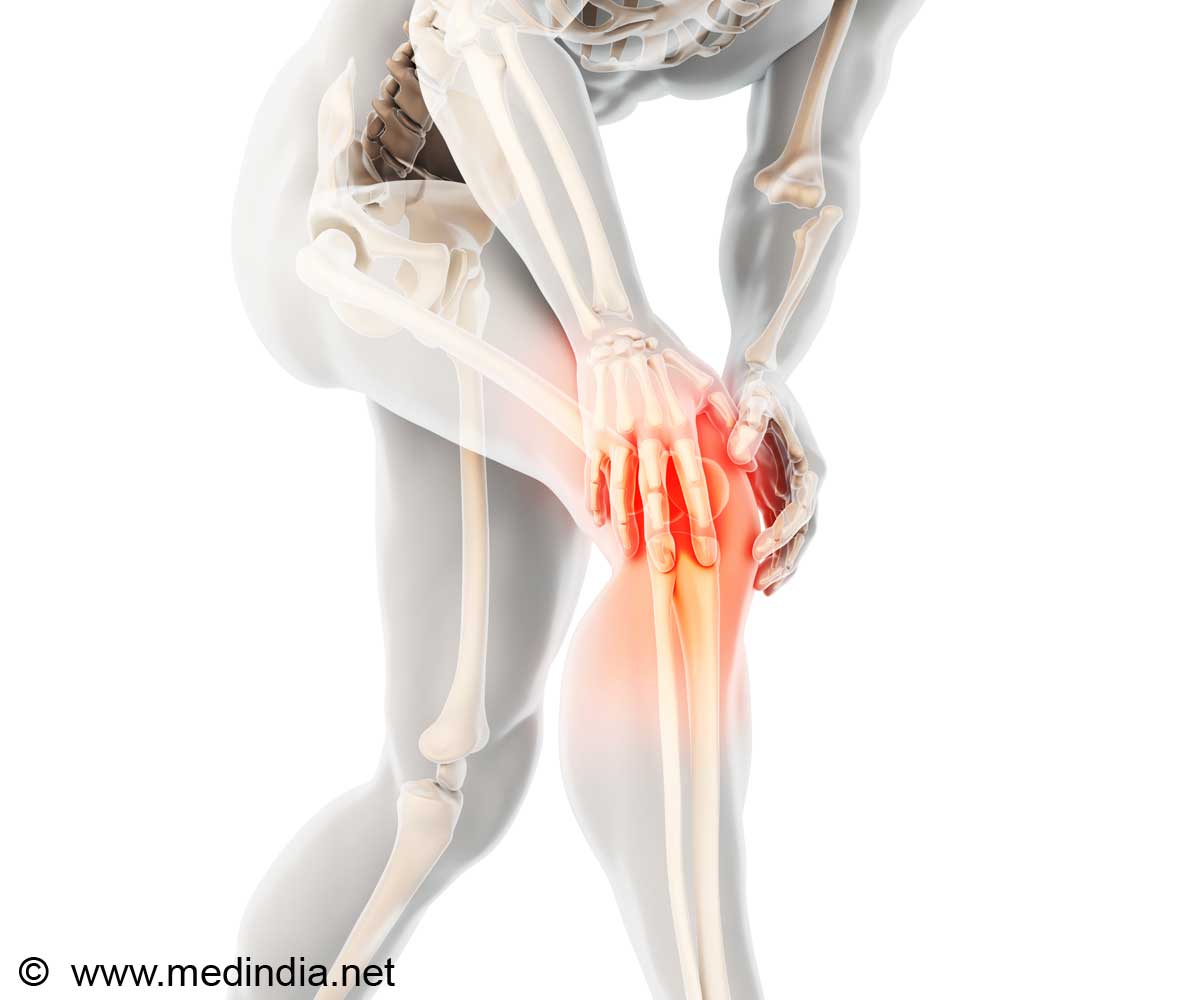
‘Artificial intelligence helps in diagnosis of Osteoarthritis 3 years before the appearance of symptoms or joint damage.’
Tweet it Now
There are a number of diseases that do not show any visible signs and symptoms in the initial stages, osteoarthritis (OA) is one of them. Osteoarthritis is the most common forms of arthritis affecting millions of people worldwide. It is a common, progressive disorder primarily affecting the weight bearing joints. It is characterized by progressive destruction of the articular cartilage(Malleable tissue at the ends of the bones) that are bone cell formation units that leads to limitation of motion, deformity & disability.
According to the current scenario, the gold standard for diagnosing arthritis is through radiologic imaging – mainly X rays. By the time the physician can see changes in the X ray that is indicative of arthritis, the irreversible bone damage has already been done.
This study was conducted for approximately 7 years. All the patients enrolled in this study got their knee MRI done regularly. This helped in continuous radiologic monitoring of the joints. The study mainly focused on the subset of patients showing very minimal cartilage damage. These patients were followed up regularly.
The patterns of the radiologic images were being continuously saved in a system. These changes were not visible to the naked eyes of the physician by the conventional techniques.A classifier was trained to differentiate progressors and non-progressors on baseline cartilage texture maps, which achieved a robust test accuracy of 78% in detecting future symptomatic OA progression 3 years prior to the appearance of symptoms.
Advertisement
Currently the primary treatment of osteoarthritis is the knee replacement surgery. There are no drugs that can be used to prevent the progression of the pre symptomatic stage to the irreversible stage.
Advertisement
Source-Medindia














